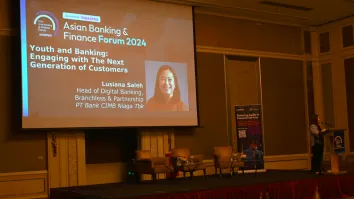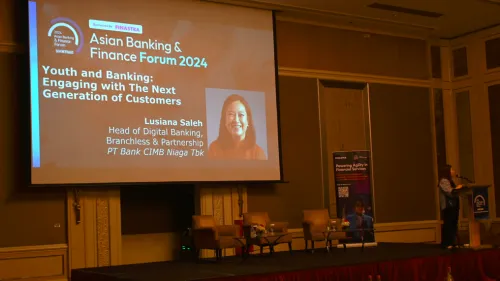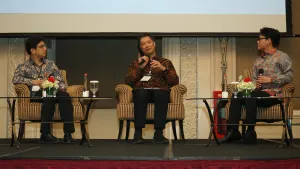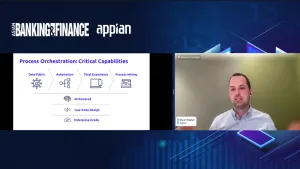APAC fintech investment declines, AI funding soars
AI emerges as a leading sector for venture capital, while traditional fintech areas in Asia see reduced funding.
A combination of factors has led to a significant decline in fintech funding in Asia, despite a strong surge in investments towards artificial intelligence (AI).
"We had quite a large bubble in investment in the early 2020s, primarily around COVID, as investors rushed to auto invest in automation opportunities," Antony Ruddenklau, Global Head of Innovation and Fintech and Head of Financial Services Advisory in KPMG Singapore, said.
This bubble, however, has since burst, with a sharp refocus on the profitability and revenue fundamentals of businesses. As a result, the fintech investment landscape has seen a drastic reduction from record highs of $50 billion to a mere $20 billion over the past year and a half.
Despite this downturn in traditional fintech areas, AI-focused solutions have painted a different picture, attracting substantial venture capital interest.
"AI has been a bit of a star actually," noted Ruddenklau, referencing the widespread excitement around disruptive technologies like ChatGPT, which was released in November two years ago.
He added that this enthusiasm is not misplaced, as the sector has seen approximately $12.1 billion invested globally in fintech alone, with broader transformative technologies drawing close to $100 billion.
In addition to AI, Ruddenklau highlighted the continued focus of fintech startups in Asia on payment systems. "Payments have always been the seed corn of fintech and innovation in financial services," he stated.
Asia remains the largest payments market by revenue, turnover, and transaction volume, primarily driven by digital wallets, real-time, and mobile payments. This focus aligns with the regulatory push for interoperability and the adoption of similar models for digital payments across different markets and blocks.
Behind payments, lending emerges as a strong secondary focus. Innovative models for crowdfunding, SME lending through digital platforms, and the modernization of traditional financial instruments like mortgages and credit cards are increasingly prevalent.
"We're the biggest supply chain region in the world as well," Ruddenklau added, indicating that while supply chain digitization has slowed, it is expected to rebound within the next 18 months.














 Advertise
Advertise






